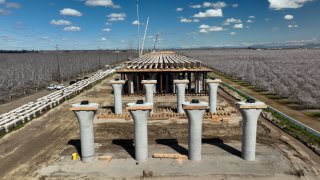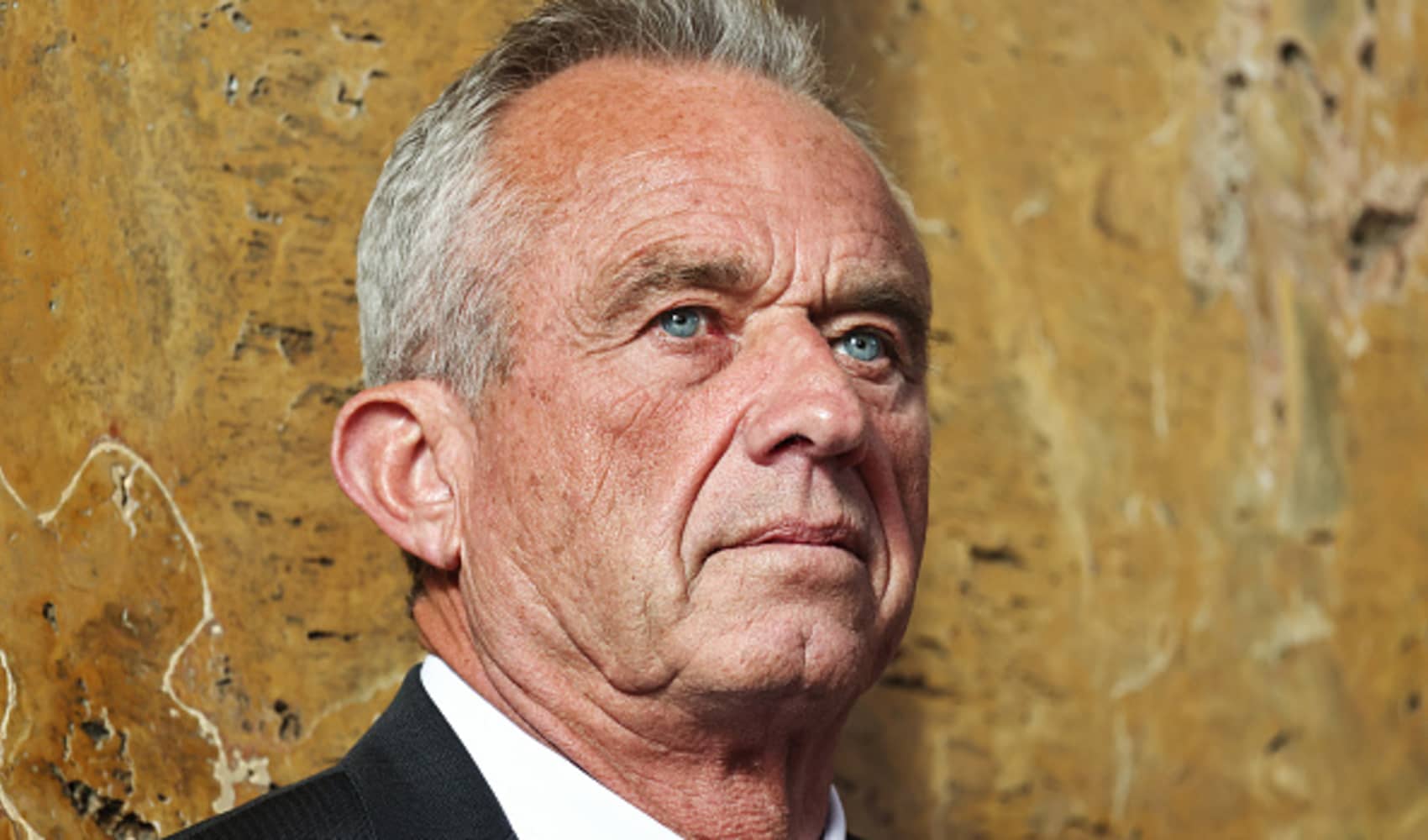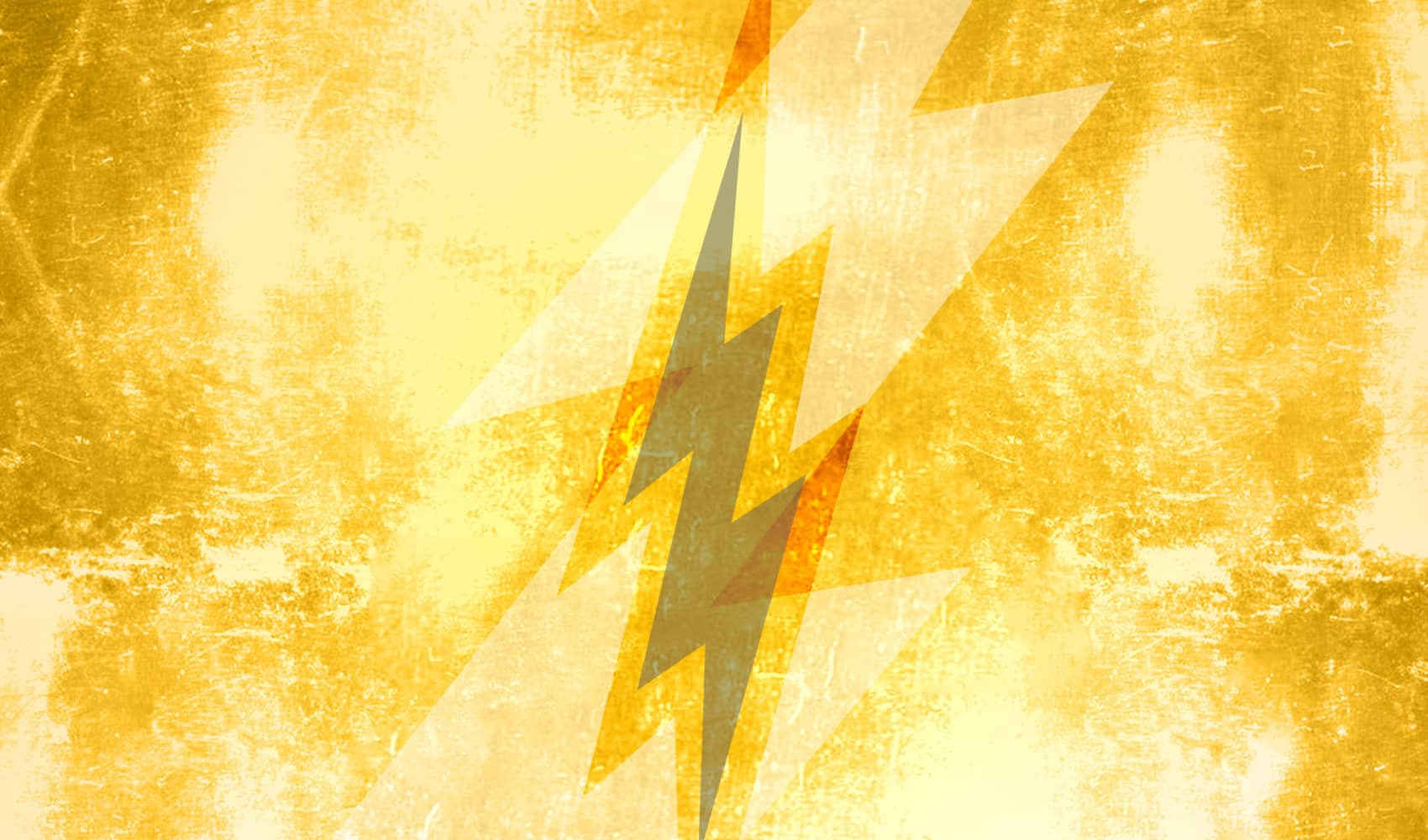
- California's plan is to build an electric train that will connect Los Angeles with the Central Valley and then San Francisco in two hours and 40 minutes.
- But 15 years later, there is not a single mile of track laid, and executives involved say there isn't enough money to finish the project.
- Estimates suggest it will cost between $88 billion and $128 billion to complete the entire system from LA to San Francisco.
In 2008, California voted yes on a $9 billion bond authorization to build the nation's first high-speed railway. The plan is to construct an electric train that will connect Los Angeles with the Central Valley and then San Francisco in two hours and 40 minutes.
But 15 years later, there is not a single mile of track laid, and executives involved say there isn't enough money to finish the project. The latest estimates from the California High-Speed Rail Authority suggest it will cost between $88 billion and $128 billion to complete the entire system from LA to San Francisco. Inflation and higher construction costs have contributed to the high price tag.
The project has spent $9.8 billion so far, according to Brian Kelly, CEO of the California High-Speed Rail Authority.
"We knew we've had a funding gap ever since the project started," Kelly said. "What I know is this: The earlier we build it, the cheaper it will be."
Get top local stories in San Diego delivered to you every morning. Sign up for NBC San Diego's News Headlines newsletter.
But at this point, it's not clear where the funding is going to come from. So far, 85% of it has come from the state of California.
"One of the biggest hurdles clearly is funding," said Toks Omishakin, secretary of the California State Transportation Agency. "We can't get this project done without federal support. It's just not going to happen."
The 2021 bipartisan infrastructure bill did allocate $66 billion for rail, but much of that will go to Amtrak and money was not specifically set aside for California's high-speed rail. But Speaker Emerita Nancy Pelosi is optimistic that federal funding is on the way for the project.
"I do believe that the infrastructure bill enables us to have resources at the federal level in California," Pelosi said. "It didn't spell out specifically one thing or another. It has categories and we fit into those categories." She also added, "Biden is a railroad person, as you know, personally, officially, politically and in every way. He's an advocate for for railroads. And then this is the ultimate high-speed rail."

Despite the funding challenges, progress has been made on the project. In California's Central Valley, 119 miles are under construction. The project recently celebrated its 10,000th construction worker on the job. The infrastructure design work is complete, and 422 out of 500 miles have been environmentally cleared, which is a monumental task in California.
Money Report
"When we finish just the environmental clearing process, that cost is about $1.3 billion," Kelly said. "And that's for no steel in the ground or no cement."
Some are calling to reform the National Environmental Policy Act to expedite infrastructure projects that would have a positive impact on the environment.
"When the National Environmental Policy Act makes us think really hard about building a 14-lane highway, that's a good thing because 14-lane highways are terrible for the environment," said Rep. Seth Moulton, D-Mass. "But when it makes high-speed rail so difficult to build in America, something that's so fundamentally good for the environment, then we've got a problem. And that's where we need reform."
One of the most expensive parts of the California project is the tunneling section that will be required outside of Los Angeles, so construction started in 2015 in the middle first, in Fresno, California, since it is a cheaper section to build.
Kelly said the project got off to a rough start. "They got into construction before they were ready to get into construction," he said. "The good news is most of that is in our rearview mirror. And as we go forward, we're getting the sequencing and chronology of our work right, and I'm very confident about the future of this project."
The rail authority said the goal is to have the section between Bakersfield and Merced operational between 2030 and 2033.
CNBC visited California's Central Valley, where construction is underway, to find out what it will take to complete the nation's largest infrastructure project. Watch the video for the full story.






